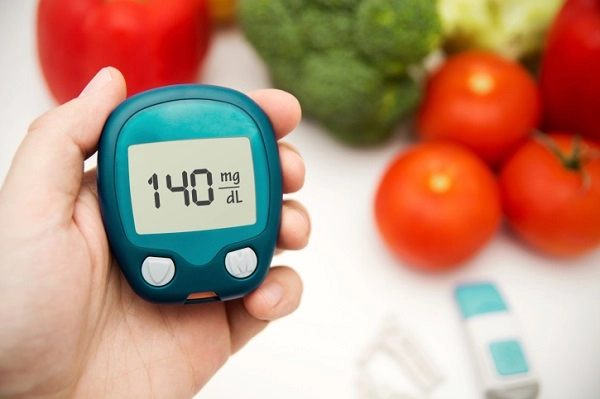15+ tips for making fruits and veggies last


Salem Health Community Benefit Director and Licensed Dietitian
If your pantry and counters are overflowing with end-of-season produce right now, here are tips you need to keep flavors fresh.
First, consider donating extra produce to friends, neighbors or the Marion Polk Food Share (at 1660 Salem Industrial Dr. NE). Another option is to pick and store your produce right. Proper storage can lengthen your food’s life to at least two weeks — not just during garden season, but year-round.
When to pick
Harvest early in the day while temperatures are still cool. Veggies should be picked when they’re ready to eat. Timing of fruit harvest depends on the fruit. Use Oregon State University’s Growing Your Own guide for advice on all produce.
Check these guides, too: food preservation and safety from OSU and when to pick fruit from Oregon Harvest Calendar.
Prepare for storage
Fruit: Rinse and dry each piece. Never put wet fruit in the fridge because it will mold. To help prevent mold, arrange it to allow good air circulation. Keep pieces away from fridge walls and layer them in clean newspaper to reduce infection (the “one bad apple” syndrome).
Veggies: Wash and drain well. Discard decayed parts, remove tops of root crops and place in a crisper drawer. If you store on refrigerator shelves, put in plastic bags or containers (see tips about this at the end).
The tricky part: temperature and humidity
Different vegetables and fruits require varying temperatures in the fridge. Most home refrigerators can set at 40 degrees F or lower – the temperature you need for safe storage. The crisper should be slightly cooler, about 35 degrees.
Cold-cold (32-40 degrees): Deciduous-type fruit (apricot, apple, cherry, nectarine, plum, pear); high-humidity veggies such as chard, collards, kale, lettuce, spinach and bulbs (green onions and leaks). Also, in separate plastic bags or containers, store mushrooms, broccoli, Brussels sprouts, cauliflower, cabbage, carrots, radishes, beets, peas, artichokes, asparagus, celery, rhubarb (technically a vegetable), and unhusked corn (put that closest to the freezer).
Cold (45-55 degrees, 85-90 percent humidity): Veggies—peppers, snap beans, cucumbers, summer squash. Fruit—ripe melons (these will keep only 4-5 days).
Cool (like a cellar, 50 to 60 degrees): Fruit—Tropical such as citrus, mango, papaya, avocado. Veggies—eggplant, okra, hard-rind squash, pumpkins, potatoes and sweet potatoes.
Room temperature, away from sunlight: Fruit—to ripen most fruits like melon and avocados; veggies—tomatoes, dry garlic, dry onions.
Avoid these no-nos
- Don’t put fruit and veggies in same crisper; fruit gives off ethylene gas, which can damage many veggies, causing greens to yellow, lettuce to “spot”, asparagus to toughen, potatoes to sprout and carrots to taste bitter. Yuck!
- Don’t store root crops next to fruits and leafy veggies because they may cause off-flavors (but okay if they’re in separate bags).
- Don’t store fresh tomatoes in the fridge; this causes loss of flavor and texture.
Container tips for the fridge:
- Airtight glass containers keep food moist, or from getting soggy and absorbing odors.
- Choose tight-fitting lids that don’t allow air in after closing.
- Use plastic containers with lids that lock, especially for dry products.
- Avoid ceramic containers; they’re porous, so air can get in.
- To save space, use rectangular containers.